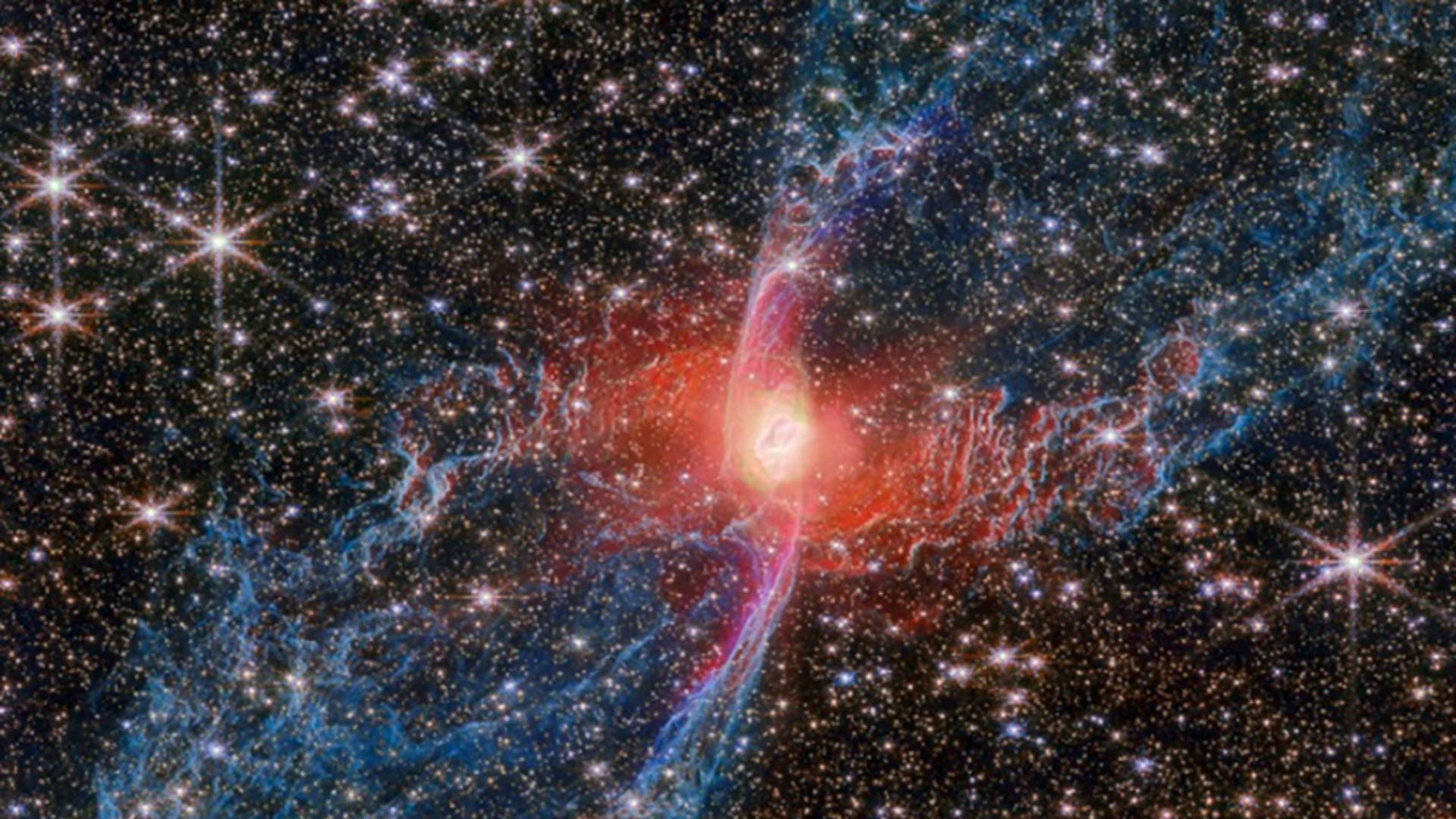Local News
RIT scientists uncover remarkable new details hidden within the mysterious Red Spider Nebula at the center of the Milky Way

Rochester, New York – A mysterious and fiery-looking object lurking in the heart of the Milky Way has been brought into sharper focus than ever before, thanks to groundbreaking research from scientists at the Rochester Institute of Technology (RIT). Known as the Red Spider Nebula—or NGC 6537—this peculiar celestial body has long fascinated astronomers for its eerie, web-like appearance. Now, thanks to the combined power of several of the world’s most advanced telescopes, the nebula’s story is being told in extraordinary new detail.
The research, led by Professor Joel Kastner of RIT’s Chester F. Carlson Center for Imaging Science, alongside former postdoctoral researcher Paula Moraga Baez ‘21 MS, ‘24 Ph.D., used a multi-instrument approach to capture the nebula in ways never seen before. “A creepy, crawly object in the middle of the Milky Way can now be seen clearer than ever thanks to work by RIT scientists,” the team announced.
Read also: Henrietta announces upcoming change to its official website domain name beginning November 10
The Red Spider Nebula earned its name from its bizarre and spindly shape, which resembles a cosmic arachnid spinning glowing filaments of gas and dust. The new observations combined near-infrared imaging from the James Webb Space Telescope (JWST), radio-wavelength data from the Atacama Large Millimeter Array (ALMA) in Chile, and X-ray imaging from the Chandra X-ray Observatory, along with archival images from the Hubble Space Telescope. Together, these sources produced one of the most detailed portraits of a planetary nebula ever assembled.
According to the researchers, the synthesis of data from these powerful instruments has offered fresh insight into the nebula’s structure, origins, and composition. The JWST’s infrared vision revealed complex layers of gas sculpted by violent stellar winds, while ALMA’s radio observations helped trace colder regions of molecular gas. Meanwhile, Chandra’s X-ray data uncovered energetic processes occurring near the nebula’s central star—believed to be in one of the final stages of its stellar evolution.
The team behind the study also included RIT alumnus Rodolfo Montez Jr. ‘11 Ph.D., now a staff astronomer, and NTID Associate Professor Jason Nordhaus, a co-author who has contributed extensively to research on binary star evolution. Their collaborative effort was published in The Astrophysical Journal, one of the field’s leading peer-reviewed publications.
Adding to its growing attention, the striking composite image of the Red Spider Nebula was chosen as the European Space Agency’s Halloween-themed picture of the month for October, a fitting recognition given its ghostly, spider-like appearance.
Other co-authors include Bruce Balick of the University of Washington, Caroline Geiser of the Max Planck Institute in Germany, Mikako Matsuura of Cardiff University in the United Kingdom, and Miguel Santander-Garcia of the Spanish National Observatory.
Through this cosmic collaboration, RIT researchers have not only deepened our understanding of one of the Milky Way’s most enigmatic objects but also demonstrated how combining different types of light—from radio waves to X-rays—can peel back the layers of the universe’s most haunting mysteries.

-

 Local News9 months ago
Local News9 months agoNew ALDI store close to Rochester to begin construction in late 2025 or early 2026
-

 Local News9 months ago
Local News9 months agoRochester Lilac Festival announces exciting 127th edition headliners
-

 Local News7 months ago
Local News7 months agoCounty Executive Adam Bello and members of the county legislature celebrate exceptional young leaders and advocates at the 2025 Monroe County Youth Awards
-

 Local News7 months ago
Local News7 months agoThe 2025 Public Market Food Truck Rodeo series will begin this Wednesday with live music by the Royal Bromleys